nanotechnology products :Nanotechnology is the ability to produce new materials, tools and systems by taking control at the molecular and atomic levels and using the properties at which the surfaces appear. It follows from this simple definition that nanotechnology is not a new discipline, but a new approach to all disciplines. For nanotechnology, they have listed applications in various fields ranging from food, medicine, medical and biotechnology to electronics, computers, communications, transportation, energy, the environment, materials, aerospace and national security. Politically and legally, this technology has been introduced as an interdisciplinary field. The use of this technology in all medical sciences, petrochemicals, materials sciences, defense industries, electronics, quantum computing and more has made nanoscience research a major scientific and industrial challenge for the world.
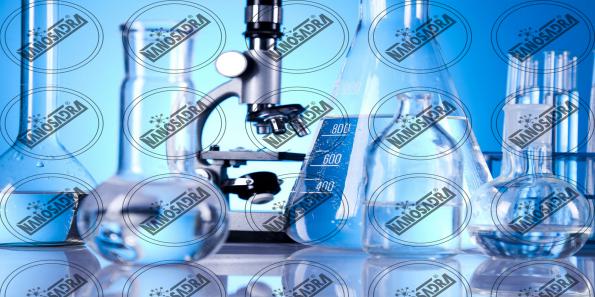
How is nanotechnology used in agriculture?
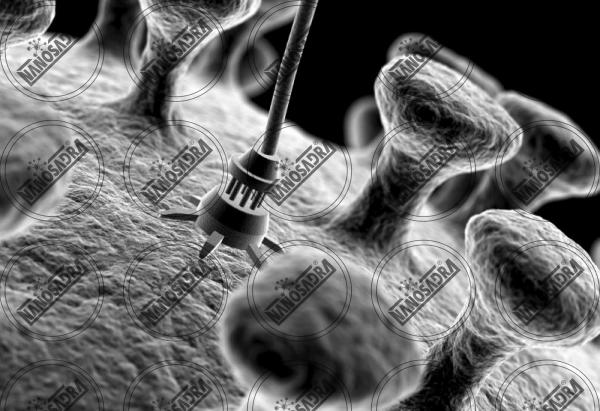 nano fertilizers slideshare : Nanotechnology plays an important role in the production of effective, low-risk fertilizers with the ability to release the elements. Nano-encapsulated fertilizers using nanoparticles can control or delay the uptake of micronutrients in the plant, while making absorption easier, affecting the production rate, and even in certain situations and being effective against unexpected events such as drought. Chelated iron chelate fertilizers as a substitute for conventional fertilizer nutrients will gradually be released into the soil in a controlled manner, thereby preventing the swamping of stationary waters as well as contamination of drinking water.
nano fertilizers slideshare : Nanotechnology plays an important role in the production of effective, low-risk fertilizers with the ability to release the elements. Nano-encapsulated fertilizers using nanoparticles can control or delay the uptake of micronutrients in the plant, while making absorption easier, affecting the production rate, and even in certain situations and being effective against unexpected events such as drought. Chelated iron chelate fertilizers as a substitute for conventional fertilizer nutrients will gradually be released into the soil in a controlled manner, thereby preventing the swamping of stationary waters as well as contamination of drinking water.
Increase production per unit area Increase crop quality Improve frost resistance and live and abiotic environmental stresses Prevent crop failure due to supply of target plant nutrients and reduce waste, thereby increasing texture and soil physiological efficiency and aid Stability of soil and reduction of groundwater contamination Increased plant metabolism and more efficient absorption of nutrients and targeted delivery of micronutrients to specific tissues are the most important advantages of nano-fertilizer applications in agriculture to reduce pollution caused by excessive use of chemical fertilizers and optimal fertilizer use.
What are the nanotechnology uses in other fields?
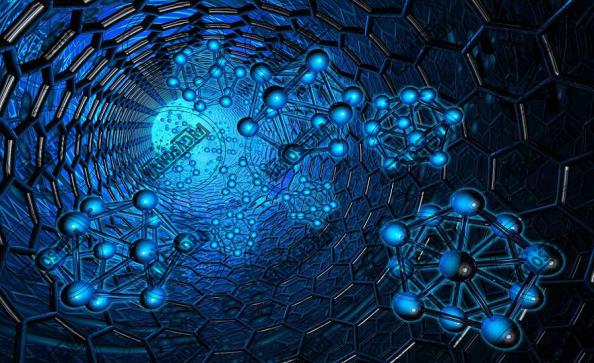 Increasing the production and quality of agricultural products using biological nanocoders:
Increasing the production and quality of agricultural products using biological nanocoders:
Food security means ensuring that all people have access to adequate, healthy and nutritious food at all times in order to lead a healthy and active life. Growing population growth, depletion of water and soil resources and environmental pollution have led researchers to increase human productivity per unit area of food security for human communities and base the production per kilogram per hectare per cubic meter. Water or per kg of fertilizer consumed. One way to achieve this goal is to optimize the use of fertilizers and produce fertilizers with unique and unique characteristics. Nanotechnology As an emerging technology, it plays an important role in optimizing conventional agricultural management techniques. By utilizing nanotechnology in the design and development of nanocomposites, the efficiency of fertilizers and production per unit area is increased and production costs and environmental degradation costs are reduced. This will also ensure the food security of the community.
Which countries have best nano products?
 disadvantages of nano fertilizersEnvironmental pollution, especially pollution caused by the excessive use of pesticides and fertilizers in agriculture, is one of the most serious problems facing the world today. Nano-fertilizers are believed to be the most effective yet simplest way to reduce nutrient losses and increase fertilizer use efficiency. By effectively utilizing atoms and energy throughout the production cycle, nanotechnology can contribute to reducing pollution or reducing energy consumption of products. But there are unanswered questions about the effects and magnification of nanomaterials and nanomaterials on human health and the environment that need to be addressed by research centers. Many nanomaterials have a higher toxicity than conventional materials . From the brand’s point of view, Taiwan, the United States, Germany, China and Spain are the top brands in the production of tiles, wood panels, flooring, additives, putty, cement. , Glass, corrosion-resistant, hydrophobic coatings, antibacterial and anti-scratch paints, thermal insulation, stones and granite.
disadvantages of nano fertilizersEnvironmental pollution, especially pollution caused by the excessive use of pesticides and fertilizers in agriculture, is one of the most serious problems facing the world today. Nano-fertilizers are believed to be the most effective yet simplest way to reduce nutrient losses and increase fertilizer use efficiency. By effectively utilizing atoms and energy throughout the production cycle, nanotechnology can contribute to reducing pollution or reducing energy consumption of products. But there are unanswered questions about the effects and magnification of nanomaterials and nanomaterials on human health and the environment that need to be addressed by research centers. Many nanomaterials have a higher toxicity than conventional materials . From the brand’s point of view, Taiwan, the United States, Germany, China and Spain are the top brands in the production of tiles, wood panels, flooring, additives, putty, cement. , Glass, corrosion-resistant, hydrophobic coatings, antibacterial and anti-scratch paints, thermal insulation, stones and granite.
Most important nano products on global market
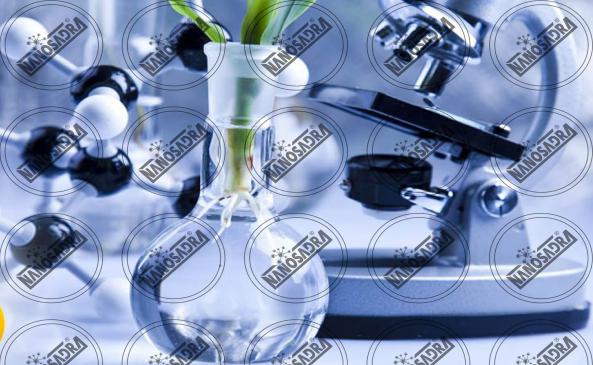 Applications of nanotechnology: Nanotechnology and science are an essential element in understanding nature better in the coming decades. Among the highlights of the future will be interdisciplinary research collaborations, special education, and the transfer of ideas and individuals to the industry. Some of the impacts and applications of nanotechnology include:
Applications of nanotechnology: Nanotechnology and science are an essential element in understanding nature better in the coming decades. Among the highlights of the future will be interdisciplinary research collaborations, special education, and the transfer of ideas and individuals to the industry. Some of the impacts and applications of nanotechnology include:
- Manufacture of materials and industrial products
- medical
- Resource sustainability (water, materials, environment, air and space)
- Military Industries and National Security
- electronics industry
The available evidence indicates that a large percentage of different product markets will rely on nanotechnology, which is why governments and small and large companies are looking to gain a foothold in these markets. Experts predict that the nanotechnology market will be fully affected by the semiconductor market in the next ten to fifteen years. In the pharmaceutical sector, it is predicted that in the next ten years, half of this industry will rely on nanotechnology, which will need new injections and up-to-date medical education, or chemicals, just to mention the $ 100 billion catalyst market for the next ten years. Completely relying on nanostructured catalysts is sufficient to demonstrate the importance of the discussion.

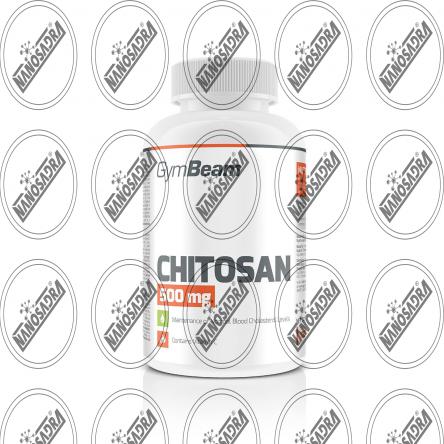
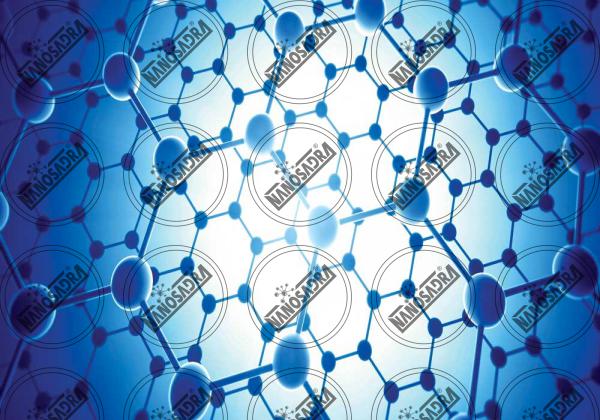
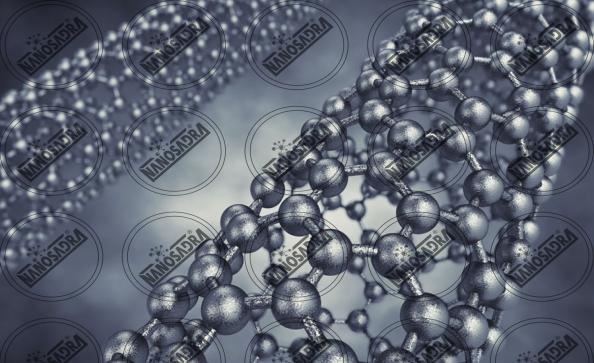
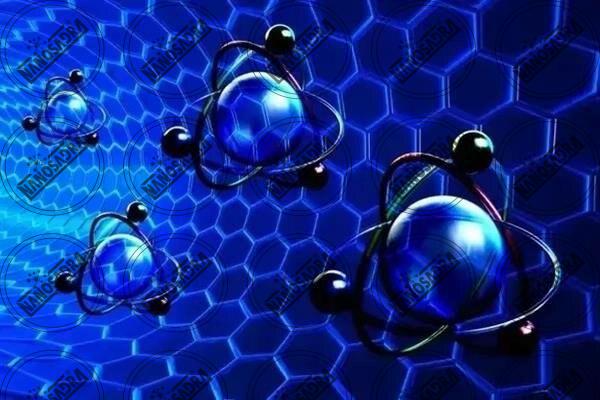
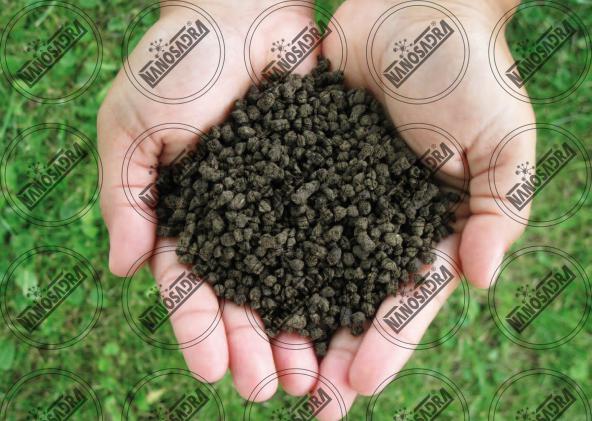
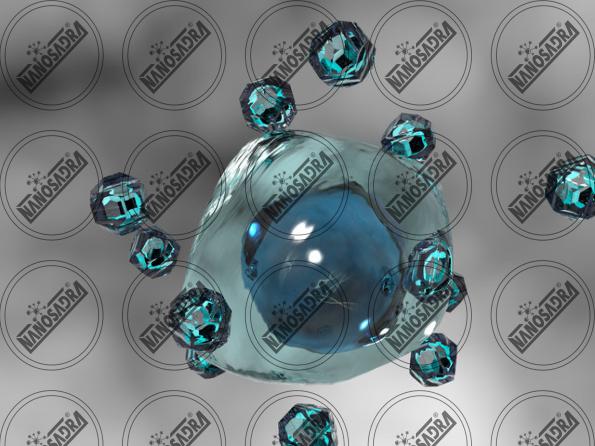
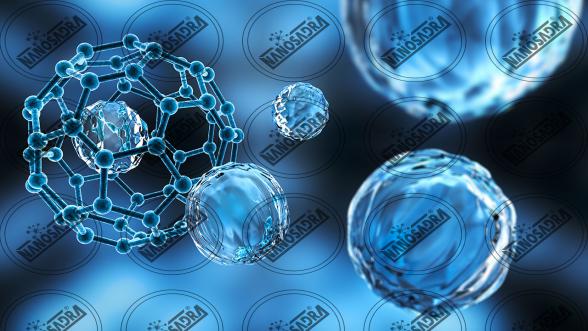
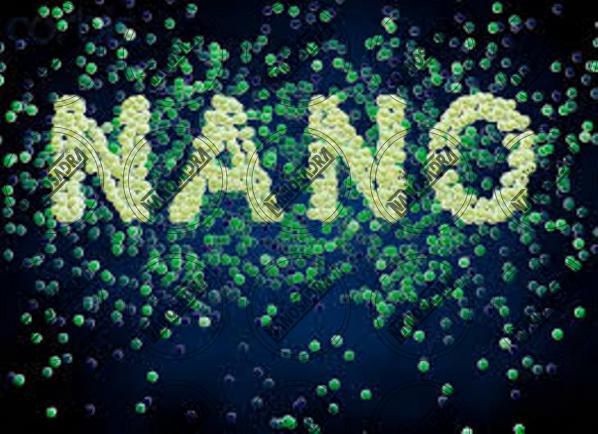
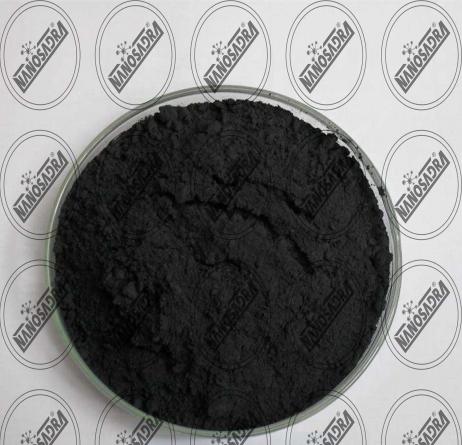
Your comment submitted.